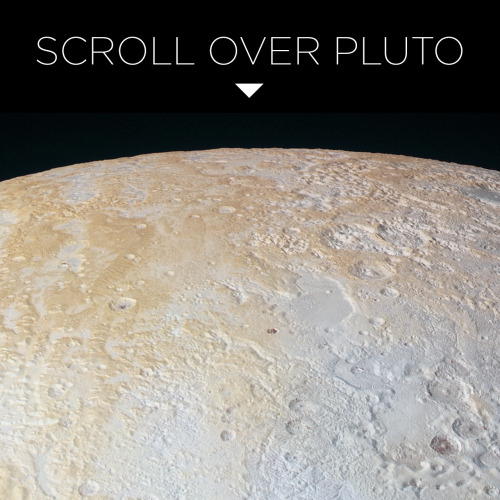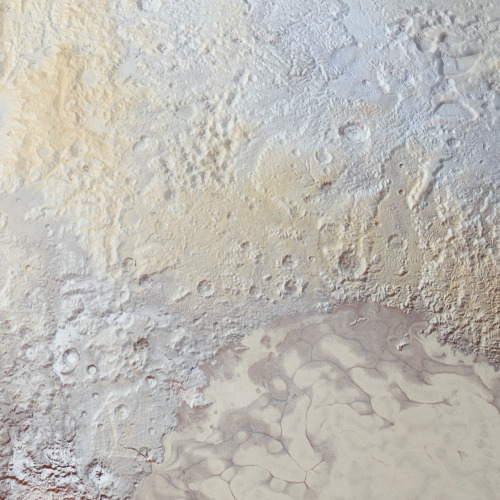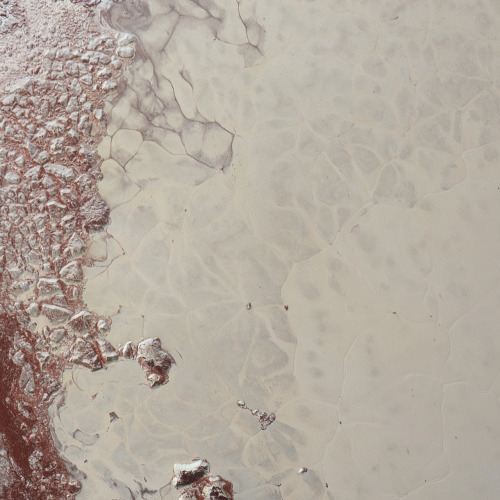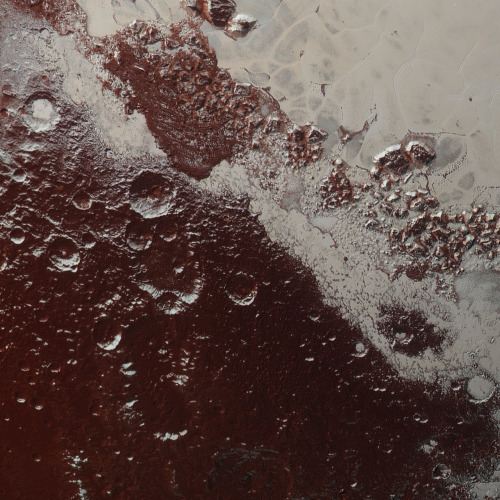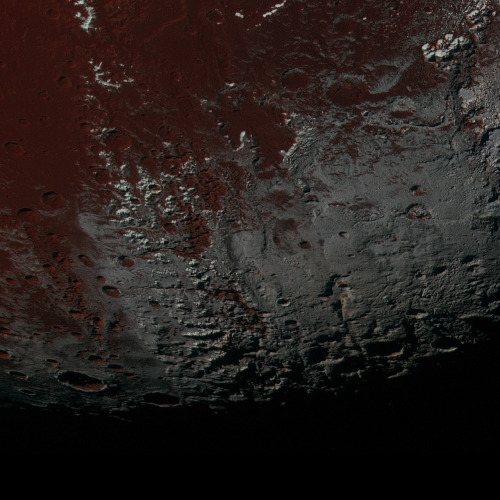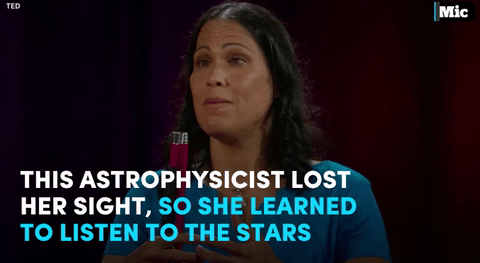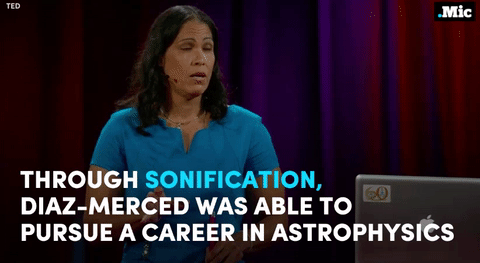Planets I Learned About Via Youtube While Procrastinating My English Essay
Planets i learned about via youtube while procrastinating my english essay
Planet 55 Cancri e is basically a giant diamond. like the planet is a diamond. and it would be worth $26.9 nonillion
Planet Gliese 436 b is an ice planet that is constantly on fire do to its close proximity to its parent star. the ice doesn’t melt bc the planet’s gravity is so strong it physically prevents the ice from melting
Planet HD 189733b rains sideways glass…. constantly
Planet J1407-B has planetary rings that are 200x the size of saturn. if saturn’s ring were as big as J1407-B’s we’d be able to see them with our naked eye from earth AND they would dominate our sky and look larger than a full moon
Planet Wasp-12b rotates so close to its parent star that its slowly being consumed by the it
Planet Gliese 581c is one of the candidates for a planet that can support life however it orbits a tiny dwarf star and is tidally locked so one side is constantly subject to immense sunlight while the other is constantly in darkness. there’s a small area of the planet however, that is just the right temp to support life. u just can’t step out of said area. the skies are red and the plants would have be a black color instead of a green bc they would use infrared light for photosynthesis. (a message was actually sent to the planet in 2008 in hopes that there’s life on the planet but the message wont reach the planet until 2029).
Planet GJ 1214b is a water planet nicknamed “water world” is has no land at all and the water is so deep it goes down miles all the way to the planet’s core.
Planet Wasp-17b is the largest planet discovered thus far. its so large its existence contradicts our understanding of how planets are formed. and it has a retrograde orbit, so it orbits in the opposite direction of its parent star.
Planet HD 188753 has 3 suns you should have triple shadows and there would be almost daily eclipses. and no matter which direction u face on the planet u would always see a sunset
Planet HD106906b is the loneliest planet discovered thus far. its known as “super jupiter” bc its 11x bigger than jupiter. it orbits its parent star at a distance of 60 billion miles (which is v strange) hence why its the loneliest planet.
Planet Tres 2b is the darkest planet known. it reflects less than 1% of light (it reflects less light than coal and black acrylic paint). the tiny part of the planet that does reflect light is red making the planet glow a dim red.
More Posts from Fillthevoid-with-space and Others

February is Black History Month, and it’s been the perfect excuse to research all of the African-American people who have contributed to space research and exploration! I talk about seven astronomers and nine astronauts who have delved into outer space because it was just so dang amazing, nothing could stop them from learning about it; astrophiles, if you will. Space-lovers.
Below the cut, I have the transcript, sources, music credits, and timeline of people I talked about! Maybe you have something you want to hear me talk about that’s related to space. I’m kind of set for topics for the next few months but I’ll take suggestions here or you can tweet at me on Twitter at @HDandtheVoid, or you can ask me to my face if you know me. Please subscribe on iTunes, rate my humble podcast and maybe review it, and tell friends if you think they’d like to hear it!
(My thoughts on the next episode are the SOFIA observatory, Chuck Yaeger, the transit of Venus, or quasars and blasars. The next episode will go up March 19th, unfortunately; I have a work retreat the day I’d usually post and I don’t trust the wifi out there. See you then!)
Script/Transcript
Timeline
Benjamin Banneker, American (1731-1806)
Dorothy Vaughan, American (1910-2008)
Katherine Johnson, American (1918- )
Mary Jackson, American (1921-2005)
Ed Dwight, American (1933- )
Robert Henry Lawrence, American (1935-1967)
Doctor Arthur Bertram Cuthbert Walker II, American (1936-2001)
Frederick Gregory, American (1941- )
Guion "Guy" Bluford, American (1942- )
Doctor Ronald E. McNair, American (1950-1986)
Ilan Ramon, Israeli, American (1954-2003)
Doctor Bernard Harris, Jr., American (1956- )
Doctor Mae Jemison, American (1956- )
Neil DeGrasse Tyson, American (1958- )
Michael P. Anderson, American (1959-2003)
Leland Melvin, American (1964- )
Doctor Beth A. Brown, American (1969-2008)
Sources
African Americans in Astronomy and Space via ThoughtCo (Mar 2017)
Benjamin Banneker via Encyclopedia Britannica
Benjamin Banneker via PBS
Benjamin Banneker via America’s Library
Benjamin Banneker via Brookhaven National Laboratory
Hidden Figures (2016)
Katherine Johnson via NASA
Mary Jackson via NASA
Dorothy Vaughan via NASA
Doctor Arthur Bertram Cuthbert Walker II via Encyclopedia Britannica
Doctor Arthur Bertram Cuthbert Walker II obituary via the American Astronomical Society
Ed Dwight via The History Makers
Robert Henry Lawrence via Black Past
Robert Henry Lawrence via PBS
Robert Henry Lawrence via Hill Air Force Base
Guion "Guy" Bluford via Space.com (Feb 2017)
Guion Bluford: “I mean, I laughed and giggled all the way up. It was such a fun ride.”
Guion "Guy" Bluford via NASA
Guion "Guy" Bluford via Encyclopedia Britannica
Doctor Ronald E. McNair via NASA
Doctor Ronald E. McNair via Black Past
Doctor Ronald E. McNair via New Jersey Institute of Technology
Frederick “Fred” Gregory via NASA
Frederick “Fred” Gregory via Black Past
The Harris Foundation website
“empower individuals, in particular minorities and others who are economically and/or socially disadvantaged, to recognize their potential and pursue their dreams.”
Doctor Mae Jemison via NASA
Doctor Mae Jemison via NASA
Doctor Mae Jemison via the U.S. National Library of Medicine
Mae Jemison: “I followed the Gemini, the Mercury, and the Apollo programs, I had books about them and I always assumed I would go into space. Not necessarily as an astronaut; I thought because we were on the moon when I was 11 or 12 years old, that we would be going to Mars—I'd be going to work on Mars as a scientist. And that's despite the fact that there were no women, and it was all white males—and in fact, I thought that was one of the dumbest things in the world, because I used to always worry, believe it or not as a little girl, I was like: What would aliens think of humans? You know, these are the only humans?”
Michael P. Anderson via NASA
Michael P. Anderson via Black Past
Ilan Ramon via NASA
Leland Melvin via Space.com (Nov 2017)
Leland Melvin as Makers Men via Space.com (May 2017)
Leland Melvin via NASA
Leland Melvin via Pioneer Works
Doctor Beth A. Brown via the American Physical Society
Doctor Beth A. Brown via the American Astronomical Society
Doctor Beth A. Brown via NASA
Neil DeGrasse Tyson via Hayden Planetarium
Neil DeGrasse Tyson via the New Yorker
StarTalk Radio via Apple Podcasts
Intro Music: ‘Better Times Will Come’ by No Luck Club off their album Prosperity
Filler Music: ‘Dorothy Dandridge Eyes (feat. Esperanza Spalding)’ by Janelle Monáe off her album The Electric Lady.
Outro Music: ‘Fields of Russia’ by Mutefish off their album On Draught







The Moon of Lakes and Rivers - Saturn’s moon Titan
Saturn’s moon Titan is the only world - other than earth - that we know has liquid’s pooled on its surface. Unlike Earth, Titan has lakes of liquid methane - you wouldn’t want to swim in these lakes.
Titan’s “methane cycle” is analogy to Earth’s water cycle. In the 3rd and 4th images above we can see clouds of methane in Titan’s atmosphere. Ever since NASA’s Voyager 1 spacecraft, we have known that the gases that make up Titan’s brown colored haze were hydrocarbons. The atmosphere of Titan is largely nitrogen; minor components lead to the formation of methane–ethane clouds and nitrogen-rich organic smog.
It is thanks to the Cassini spacecraft that we now understand more about the climate of Titan - though we still understand very little!

The Cassini Space craft has mapped most of the Northern polar region of Titan, this is the region that contains almost all of Titan’s lakes. Cassini is systematically sweeping across Titan and mapping the surface of this strange alien world. The image below is an example of Cassini’s mapping process:

Credit: NASA/JPL/Cassini










Cassini prepares for final orbital “Grand Finale” at Saturn.
Erik Wernquist, the same filmmaker who created 2014’s “Wanderers” and a stunning New Horizons promotional film in 2015, has created a new video highlighting NASA’s Cassini mission’s final days at Saturn. The Cassini spacecraft will begin its final series of orbits to cap a 13-year groundbreaking science mission known as the Grand Finale. For the first time ever in Cassini’s time at Saturn, the spacecraft will fly in between the planet’s rings and atmosphere. No spacecraft has ever before flown in this region of any of the solar system’s ringed planets. After 20 orbits, Cassini will dive into Saturn’s upper atmosphere September 15 where it will be destroyed. In 2008, mission managers explored a range of End of Mission scenarios that would protect Saturn’s moon’s from Earthly contaminants before ultimately deciding on atmospheric reentry. Cassini began her End of Mission manoeuvres on November 26, 2016, when it began the first of 20 ring-grazing orbits. A close flyby of Titan April 22 will alter the spacecraft’s trajectory to begin the first of 23 orbits in the Grand Finale, which will begin April 26.

Cassini launched from Earth on October 20, 1997, and entered Saturn orbit July 1, 2004. 16 days later, the European-built Huygens probe attached to the spacecraft landed on Titan, becoming the first probe to land in the outer solar system. Originally scheduled for a four-year mission ending in 2008, Cassini received two mission extensions in 2008 and 2010, with the latter ending in 2017. With the spacecraft’s fuel reserves low, the Cassini team decided to end the mission. P/C: JPL/Erik Wernquist
The United Launch Alliance’s Atlas V rocket carrying the Orbital ATK Cygnus module rolls to Cape Canaveral Air Force Station’s Launch Pad 41 in this time-lapse video. The rollout is in preparation for the Orbital ATK CRS-7 mission to deliver supplies to the International Space Station.
Launch is currently scheduled for 11:11 a.m. EDT, watch live coverage: http://www.nasa.gov/live
Make sure to follow us on Tumblr for your regular dose of space: http://nasa.tumblr.com
-
 ruthlesslysoft liked this · 1 month ago
ruthlesslysoft liked this · 1 month ago -
 thelongestway liked this · 1 month ago
thelongestway liked this · 1 month ago -
 kurovera liked this · 1 month ago
kurovera liked this · 1 month ago -
 scrubyourheart liked this · 2 months ago
scrubyourheart liked this · 2 months ago -
 sharp-skates reblogged this · 2 months ago
sharp-skates reblogged this · 2 months ago -
 sharp-skates liked this · 2 months ago
sharp-skates liked this · 2 months ago -
 luckyicekitsune liked this · 2 months ago
luckyicekitsune liked this · 2 months ago -
 moonmovement liked this · 2 months ago
moonmovement liked this · 2 months ago -
 alexthespaceace liked this · 3 months ago
alexthespaceace liked this · 3 months ago -
 writkeeper reblogged this · 3 months ago
writkeeper reblogged this · 3 months ago -
 irrevocablyxo reblogged this · 4 months ago
irrevocablyxo reblogged this · 4 months ago -
 irrevocablyxo liked this · 4 months ago
irrevocablyxo liked this · 4 months ago -
 woundstruck reblogged this · 4 months ago
woundstruck reblogged this · 4 months ago -
 woundstruck liked this · 4 months ago
woundstruck liked this · 4 months ago -
 eternal-ills reblogged this · 6 months ago
eternal-ills reblogged this · 6 months ago -
 coconutpunk liked this · 7 months ago
coconutpunk liked this · 7 months ago -
 hallexbailey liked this · 7 months ago
hallexbailey liked this · 7 months ago -
 queer-here-and-in-fear liked this · 7 months ago
queer-here-and-in-fear liked this · 7 months ago -
 parttimepunner reblogged this · 7 months ago
parttimepunner reblogged this · 7 months ago -
 non-euclidean-gf reblogged this · 8 months ago
non-euclidean-gf reblogged this · 8 months ago -
 edgy-blueberry reblogged this · 8 months ago
edgy-blueberry reblogged this · 8 months ago -
 edgy-blueberry liked this · 8 months ago
edgy-blueberry liked this · 8 months ago -
 galactic-bi-cat reblogged this · 8 months ago
galactic-bi-cat reblogged this · 8 months ago -
 galactic-bi-cat liked this · 8 months ago
galactic-bi-cat liked this · 8 months ago -
 ha-im-gonna-die-alone reblogged this · 8 months ago
ha-im-gonna-die-alone reblogged this · 8 months ago -
 roseformyself liked this · 9 months ago
roseformyself liked this · 9 months ago -
 roseformyself reblogged this · 9 months ago
roseformyself reblogged this · 9 months ago -
 wakayume liked this · 9 months ago
wakayume liked this · 9 months ago -
 rachelinha liked this · 9 months ago
rachelinha liked this · 9 months ago -
 parttimepunner liked this · 9 months ago
parttimepunner liked this · 9 months ago -
 szeklerkesz reblogged this · 10 months ago
szeklerkesz reblogged this · 10 months ago -
 itsstupidtime reblogged this · 10 months ago
itsstupidtime reblogged this · 10 months ago -
 itsstupidtime liked this · 10 months ago
itsstupidtime liked this · 10 months ago -
 bytalosthiscantbehappening reblogged this · 10 months ago
bytalosthiscantbehappening reblogged this · 10 months ago -
 asterlizard reblogged this · 10 months ago
asterlizard reblogged this · 10 months ago -
 centralstar reblogged this · 11 months ago
centralstar reblogged this · 11 months ago -
 tylenolannister liked this · 1 year ago
tylenolannister liked this · 1 year ago -
 brightisthedawn liked this · 1 year ago
brightisthedawn liked this · 1 year ago -
 koosei reblogged this · 1 year ago
koosei reblogged this · 1 year ago -
 koosei liked this · 1 year ago
koosei liked this · 1 year ago -
 disabledcole liked this · 1 year ago
disabledcole liked this · 1 year ago -
 infernalserpentry liked this · 1 year ago
infernalserpentry liked this · 1 year ago -
 asterlizard liked this · 1 year ago
asterlizard liked this · 1 year ago -
 pepercress liked this · 1 year ago
pepercress liked this · 1 year ago -
 saphicspacesociety18 reblogged this · 1 year ago
saphicspacesociety18 reblogged this · 1 year ago -
 dragon-drop1477 reblogged this · 1 year ago
dragon-drop1477 reblogged this · 1 year ago
A podcast project to fill the space in my heart and my time that used to be filled with academic research. In 2018, that space gets filled with... MORE SPACE! Cheerfully researched, painstakingly edited, informal as hell, definitely worth everyone's time.
243 posts
![Andromeda [x]](https://64.media.tumblr.com/bc1f14b027b4d1ea42d4b64572cceae3/tumblr_okznz4PWsz1tuy5mao1_500.jpg)



